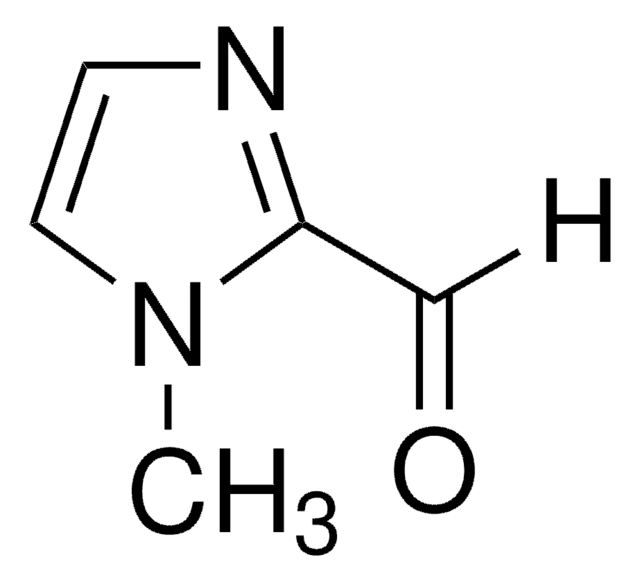ABE2868M
Anti-SOX9 Antibody
rabbit polyclonal
Synonym(e):
Transcription factor SOX-9
Größe auswählen
Größe auswählen
About This Item
Empfohlene Produkte
Produktbezeichnung
Anti-Sox9, from rabbit
Biologische Quelle
rabbit
Qualitätsniveau
Antikörperform
unpurified
Antikörper-Produkttyp
primary antibodies
Klon
polyclonal
Speziesreaktivität
rat, mouse, human
Verpackung
antibody small pack of 25 μL
Methode(n)
immunocytochemistry: suitable
immunohistochemistry: suitable (paraffin)
western blot: suitable
Isotyp
IgG
NCBI-Hinterlegungsnummer
UniProt-Hinterlegungsnummer
Posttranslationale Modifikation Target
unmodified
Angaben zum Gen
human ... SOX9(6662)
Allgemeine Beschreibung
Spezifität
Immunogen
Anwendung
Epigenetik & nukleäre Funktionen
Western Blotting Analysis: A representative lot detected SOX-9 in Western Blotting applications (Augereau, C., et. al. (2016). Hum Mol Genet. Epub ahead of print).
Western Blotting Analysis: A 1:2,000 dilution from a representative lot detected SOX-9 in HEK293T cells transfected with Sox-9 (Courtesy of Dr. Patrick Jacquemin atUniversité catholique de Louvain).
Immunofluorescence Analysis: A representative lot detected SOX-9 in PFA-fixed, paraffin-embedded pancreatic sections from an adult mouse; ductus (Augereau, C., et. al. (2016). Hum Mol Genet. 25(22):5017-5026).
Immunohistochemistry Analysis: A representative lot detected SOX-9 in PFA-fixed, paraffin-embedded liver (left) and pancreatic sections (right) of E14.5 mouse embryo, PFA-fixed, paraffin-embedded intestine sections of E14.5 mouse embryo (Augereau, C., et. al. (2016). Hum Mol Genet. 25(22):5017-5026).
Immunohistochemistry Analysis: A 1:1,000 dilution from a representative lot detected SOX-9 in e14.5 mouse liver and e14.5 mouse pancreas tissues.
Immunocytochemistry Analysis: A representative lot detected SOX-9 in PFA-fixed 3T3 cells overexpressing Sox9 (Augereau, C., et. al. (2016). Hum Mol Genet. 25(22):5017-5026).
Qualität
Western Blotting Analysis: A 1:500 dilution of this antibody detected SOX-9 in 10 µg of L6 cell lysate.
Zielbeschreibung
Physikalische Form
Lagerung und Haltbarkeit
Sonstige Hinweise
Haftungsausschluss
Sie haben nicht das passende Produkt gefunden?
Probieren Sie unser Produkt-Auswahlhilfe. aus.
Lagerklassenschlüssel
12 - Non Combustible Liquids
WGK
WGK 1
Flammpunkt (°F)
Not applicable
Flammpunkt (°C)
Not applicable
Analysenzertifikate (COA)
Suchen Sie nach Analysenzertifikate (COA), indem Sie die Lot-/Chargennummer des Produkts eingeben. Lot- und Chargennummern sind auf dem Produktetikett hinter den Wörtern ‘Lot’ oder ‘Batch’ (Lot oder Charge) zu finden.
Besitzen Sie dieses Produkt bereits?
In der Dokumentenbibliothek finden Sie die Dokumentation zu den Produkten, die Sie kürzlich erworben haben.
Active Filters
Unser Team von Wissenschaftlern verfügt über Erfahrung in allen Forschungsbereichen einschließlich Life Science, Materialwissenschaften, chemischer Synthese, Chromatographie, Analytik und vielen mehr..
Setzen Sie sich mit dem technischen Dienst in Verbindung.








